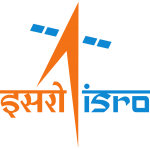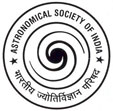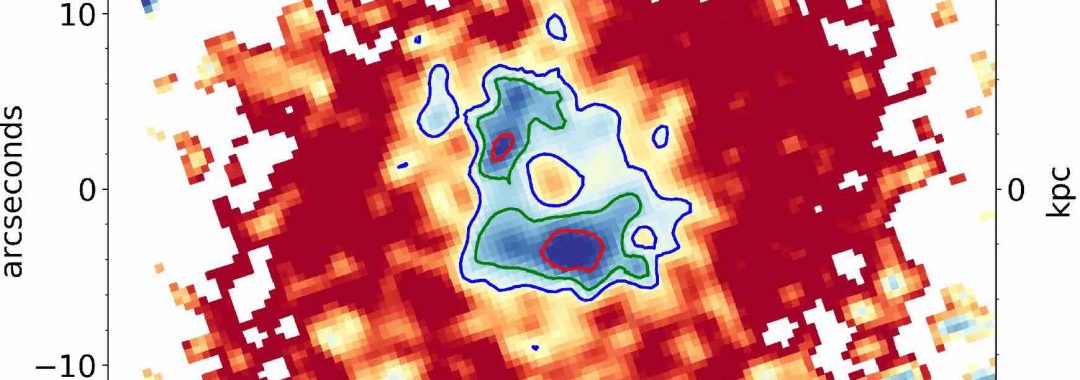July 2018:
The AstroSat Picture of the Month for July 2018 is an image of the central part of the merging galaxy NGC 7252. This image has been obtained by dividing the NUV by the FUV image, pixel by pixel, indicating 'ultraviolet colour'. The outer redder parts are where the stars older than 400 million years are, the blue ring is the location of younger stars which are 250 million years or younger.
Picture Credits: Koshy George et al.


“AstroSat Picture of the Month” is an initiative of the Public Outreach and Education Committee of the Astronomical Society of India and the AstroSat Training and Outreach Team.
Seeing a galaxy in ‘colour’
We have met NGC 7252 before, where we had shown you an ultraviolet image of the loops and tails of gas and dust ripped apart from two galaxies as they merged to form NGC 7252. This month, we zoom in to look at the central part of the merging galaxy itself, but in colour!
UVIT onboard ASTROSAT imaged this galaxy in the Near UV (around 242 nanometres) and the Far UV (around 148 nanometres). When we divide these two images pixel by pixel, we get an 'ultraviolet colour' image. Imagine a light bulb emitting all visible colours. We will perceive it as a particular colour depending on the fraction of red versus green versus blue light it emits. Similarly, dividing the FUV and the NUV images will tell us what the 'ultraviolet colour' of NGC 7252 is, and how this colour varies across the galaxy. These 'ultraviolet colours' are represented as red to blue in the image here.
In the figure, we see a central 'red' region surrounded by a 'blue' ring, with an outer 'red' region. The size of the image is marked in arcseconds (3600 arcseconds make a degree) and equivalently in kpc (1 kpc is 3260 light years). Koshy and his collaborators have modelled this colour to calculate the corresponding ages of the stars that emit in these regions. They have shown that there is a bunch of stars right in the middle, which are around 320 million years old. The surrounding blue ring has stars that are around 250 million years old. The even bluer clumps within the ring are only about 150 million years old. The surrounding larger region of red has stars that are more than 400 million years old.
Remember, NGC 7252 is born out of two galaxies merging together. This merger is a violent event whose effects on the gas in these galaxies is complex. The authors of this study explain how this merger would naturally lead to this scenario where different parts of the galaxy hosts stars of different ages. These have been discussed in detail in their paper.
Click here for the entire APOM archive and here to return to the latest APOM.
More about ASTROSAT
AstroSat, India's first dedicated multi-wavelength space observatory, was launched by ISRO on 28 September, 2015. It has five instruments on board – the Ultra Violet Imaging Telescope, the Soft X-ray Telescope, the Large Area X-ray Proportional Counter, the Cadmium-Zinc-Telluride Imager and the Scanning Sky Monitor.
Get answers to your common queries about ASTROSAT in English, in हिंदी, and in मराठी.

